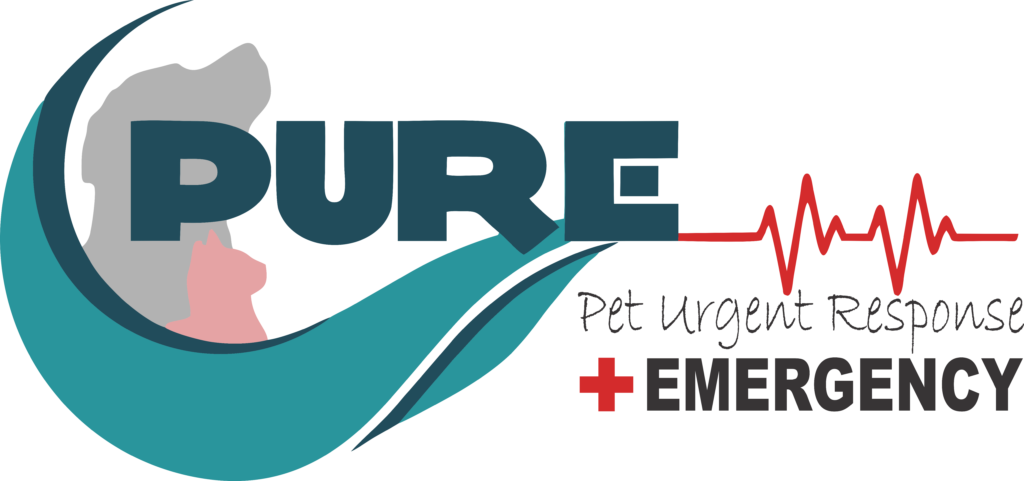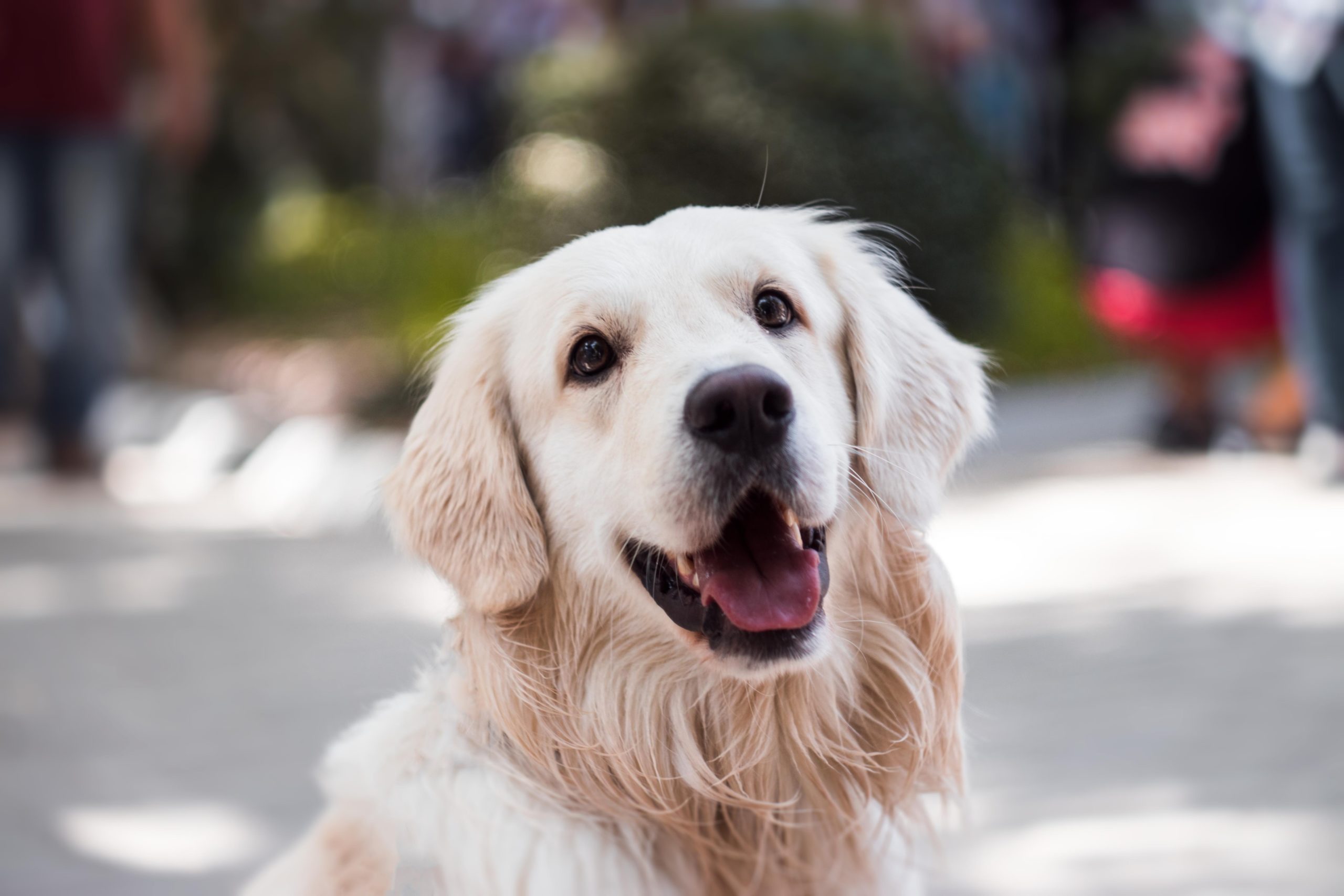Associated Terms:
Paralyzed larynx, Tieback, Unilateral Arytenoid Lateralization, Arytenoid Lateralization, Lar Par
The opening to the trachea (“wind pipe”) normally is pulled open on two sides when breathing in, and relaxes when breathing out. In dogs and cats with laryngeal paralysis, the muscles that normally pull the airway open do not function properly. When an affected pet breathes in, the walls of the airway do not pull open—rather, they are sucked into the opening, or in severe cases sucked shut. Early in the condition, this creates increased noise when they breathe; later, it can completely obstruct their airway, and they can suffocate.
Signs and Symptoms:
The early signs of laryngeal paralysis can be quite subtle. You may notice:
- harshness in their panting
- increased panting or panting when cool and calm
- a hoarse or raspy-sounding bark
Later, animal owners report that they see their pet working harder to breathe; their facial expression is a bit anxious, their eyes are prominent and their chest is vigorously expanding. The pet may also look like they are “smiling” when they pant, with their lips pulled way back and tongue hanging out. Dogs will seem to tire more easily during activities such as walking.
Because animals use their breathing as a means to cool themselves naturally, pets with laryngeal paralysis are more prone to overheating under conditions that would not make a normal dog hot. This may be a simple walk outside on a sunny day or vigorous play on a cool day.
When the paralysis is quite pronounced, it is very obvious that the dog or cat is working to breathe. The extra noise they create with each breath is harsh and easy to hear. Their tongue may be a darker red or purple in color; they do not want to be touched or restrained. They are in “respiratory distress” and need medical assistance immediately.
Diagnostics:
Your primary care veterinarian may recommend some or all of the following diagnostic tests:
- blood tests
- chest x-rays
- sedated examination of your pet’s throat
- neurologic examination

